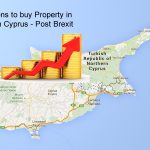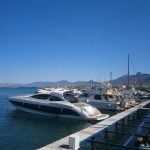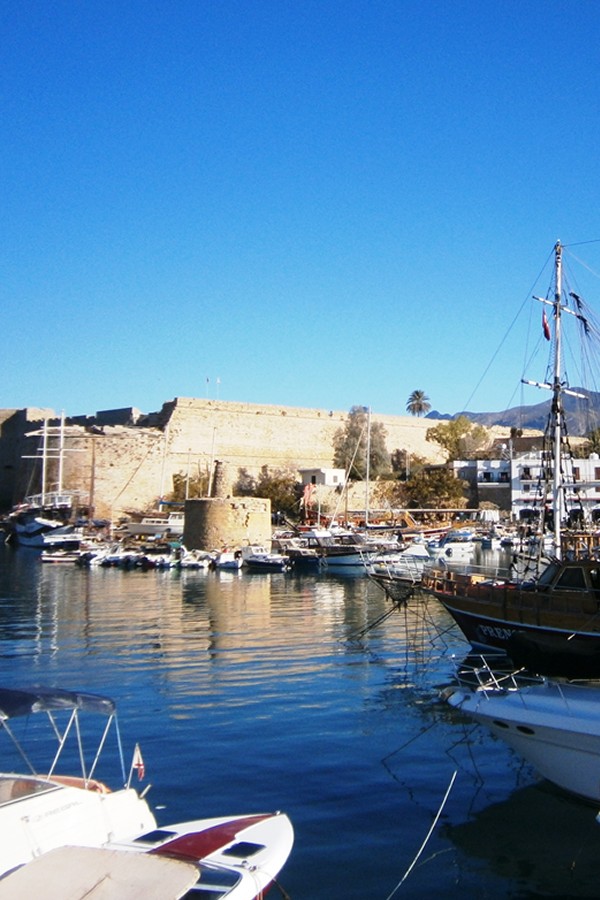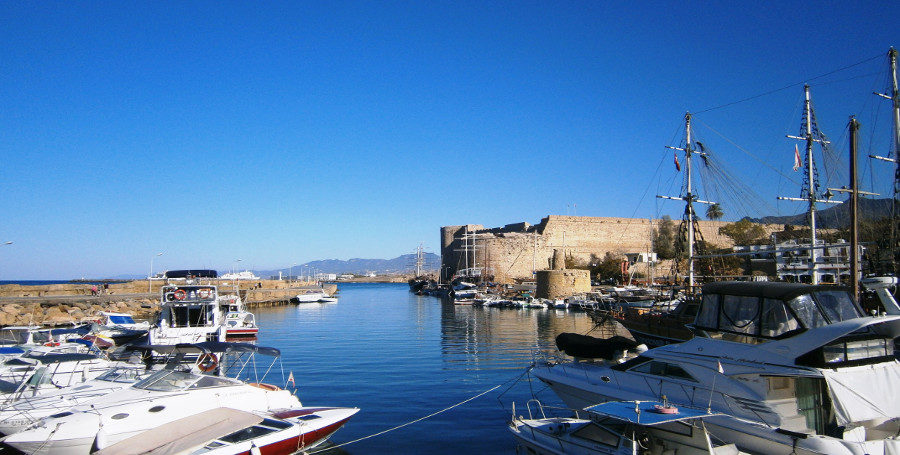
You can also listen to this article.
My travels in North Cyprus… Monday, afternoon on the beach in Larnaca near the airport, finally around 5pm the haze clears, I watch the planes land, Christina arrives from Amman and we go north, pass NICOSIA/LEFKOSIA the border is easy going, hostilities have abated, all is relaxed, straight to KYRENIA/GIRNE on the northern coast, maybe the nicest town on Cyprus.
Kyrenia
Turkish is spoken, Turkish food everywhere, Greek Cypriot wines have disappeared from the shelves, but Efes beer and Raki, and obviously Turkish wine from Thrace are sold on every corner. Turkish Cyprus is certainly Muslim but certainly not conservative. One single, beautiful, so distinct Turkish, al-Maghrib prayer call is heard and then later after dark another (single) one, instead of the tens and hundreds that mingle normally in Muslim countries. Not a single woman with a headscarf crosses our path in Kyrenia. Instead the so common Atatürk statues and two flags (Turkish and Turkish Northern Cypriot) point to an almost militant secularism.
Coming to the Turkish (northern) part of the island, the same surprise happens as had happened when I crossed from Israel to Palestine. The country almost instantaneously becomes beautiful. Gone are the concrete superstructures, the large-scale projects, the bulldozer destructions. Just pleasant, natural growth, the terrain is just left on its own; to nature.

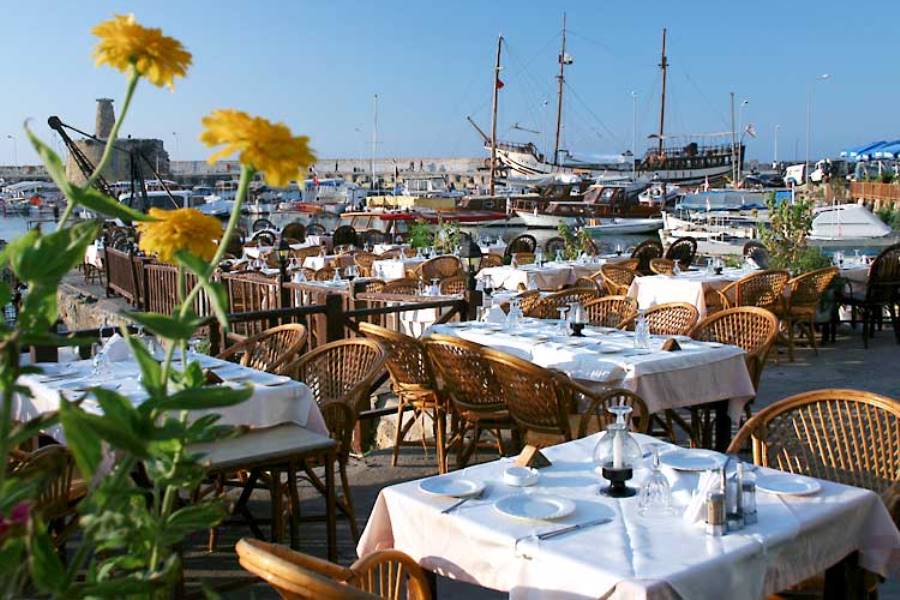
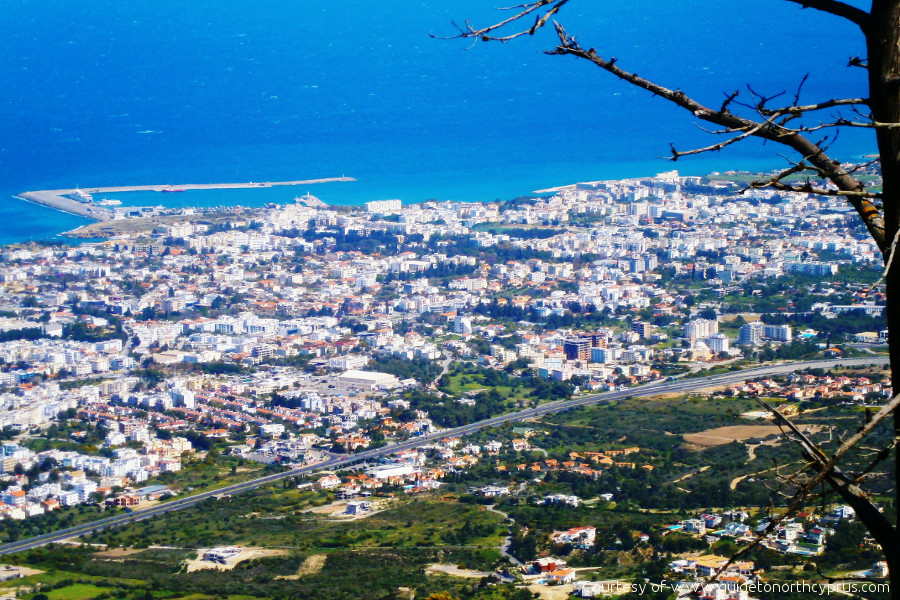
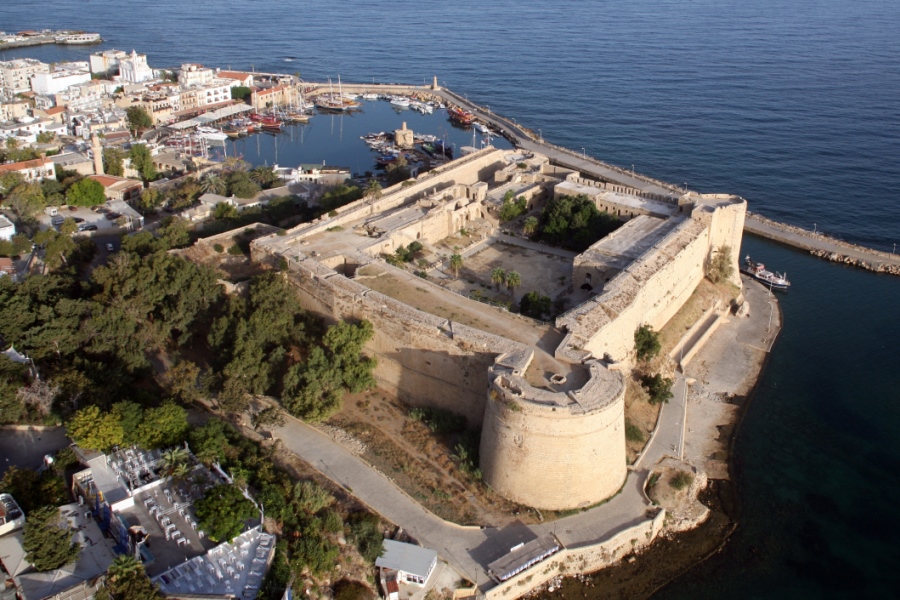
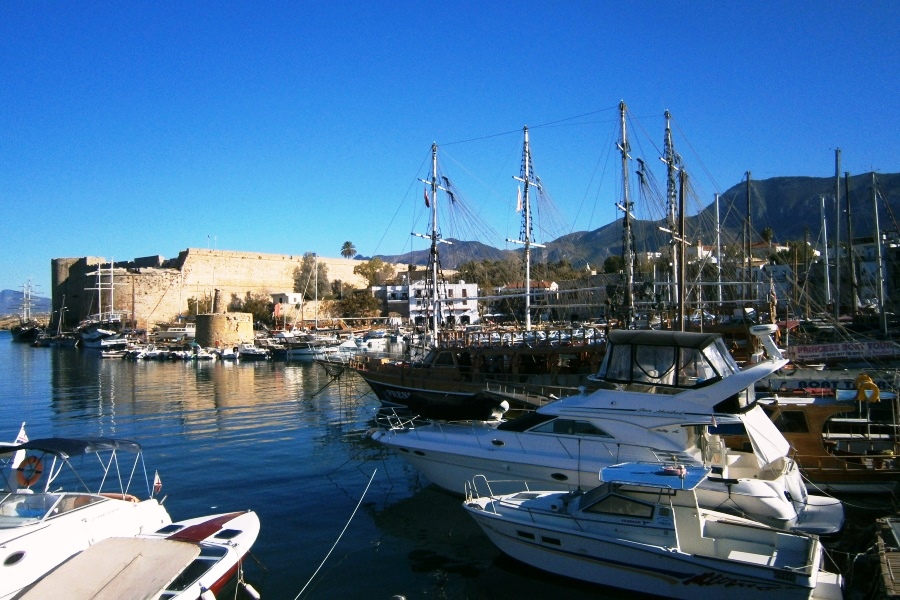

North East Coast & Kantara
Setting out on the northern coast eastwards, camp on the sea, the haze is back. Kantara castle, from Crusaders times, has a wonderful view to the eastern end, still some 80 km away, but we can see the converging seas. Up here it’s again pines, cedars and olive trees and little lizards on every step escaping in the under woods. Already afternoon down at the coast we set up camp again atop the cliffs amidst beds of wildflowers, a cyan-blue ocean underneath. Some settlement/village had been here, first we see a church served maybe as a mosque, elsewhere stone walls are visible, overgrown by bushes, also some rock had been chiselled away from the cliff’s top, some parts of the escarpment had fallen into the ocean, taking whole parts of the village with it, some Ottoman building stands in the back near a natural harbour. We find lots of pottery, fragments of jars, handles; some places show clear signs of digging, by individuals, plunderers. The little lizards unimpressed hurdle away as swift as ever.
Karpaz Peninsula
Evening is calm, sun sets behind the next weather formation on its move in. Morning is cold, very stormy; overnight the calm sea mutated into a monster. We drive all the way out to the cape… there The Apostolos Andreas Monastery seems shut, though partly rebuilt, a sign says stabilised by USAID funds, so maybe times are improving and Christian buildings are being maintained again. A wild donkey reserve spreads over the whole of the cape.
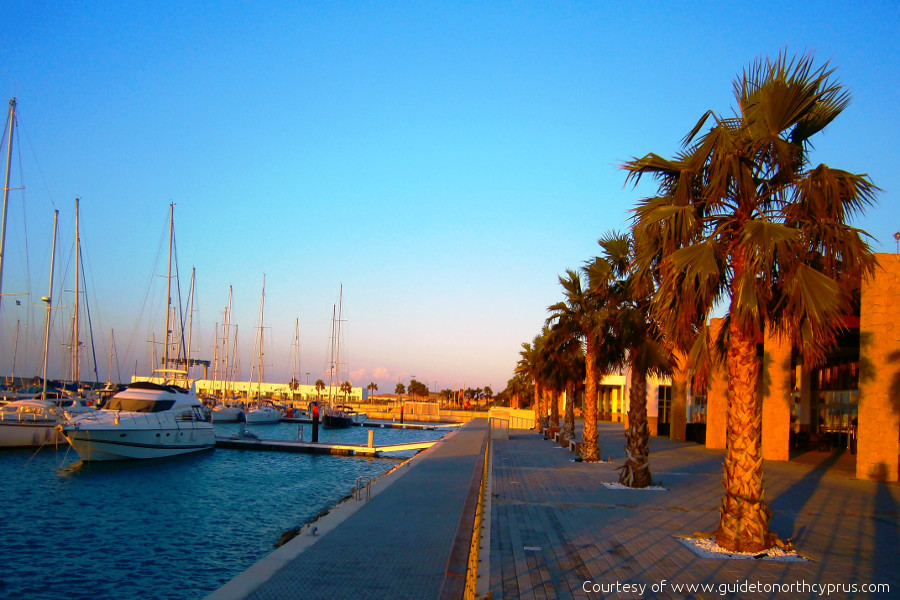

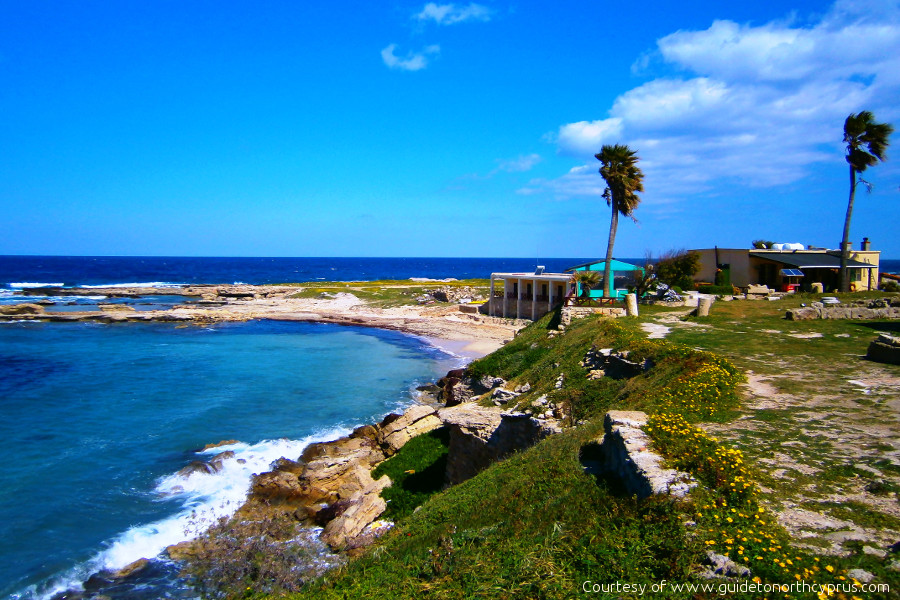

The cape is stormy with huge waves pounding the limestone rocks from the north, in the lee on the southern side of the long eastern finger of Cyprus the sea is calmer, the cliffs steeper, nature rougher, and donkeys bleat all night.
The North, the farthest eastern point where the sun rises is where I wanted to go, I expected healthy nature and I found the beauty, in wide stretches the untouched wilderness; on this clear morning as the sun rises one can even see the Syrian mountains, some 80 kilometres away.
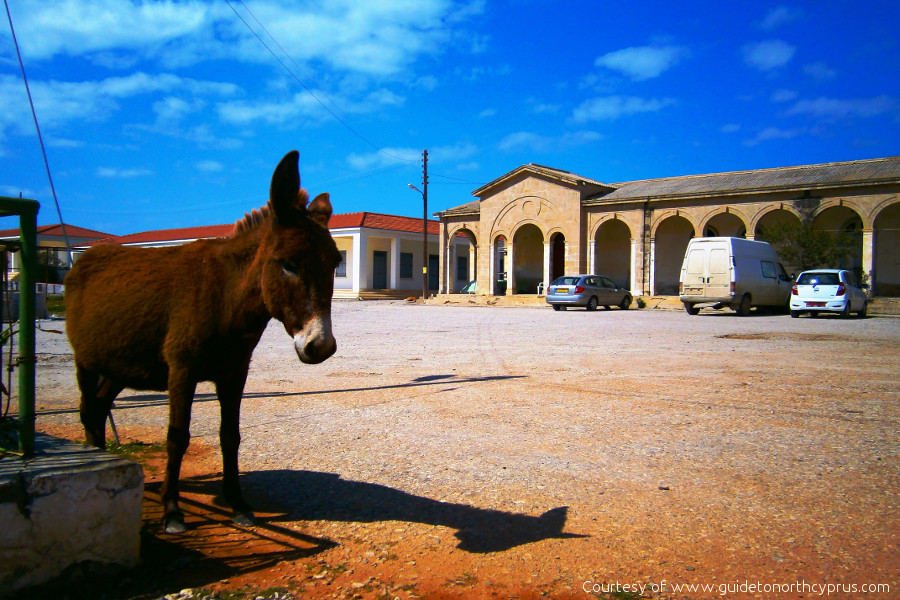

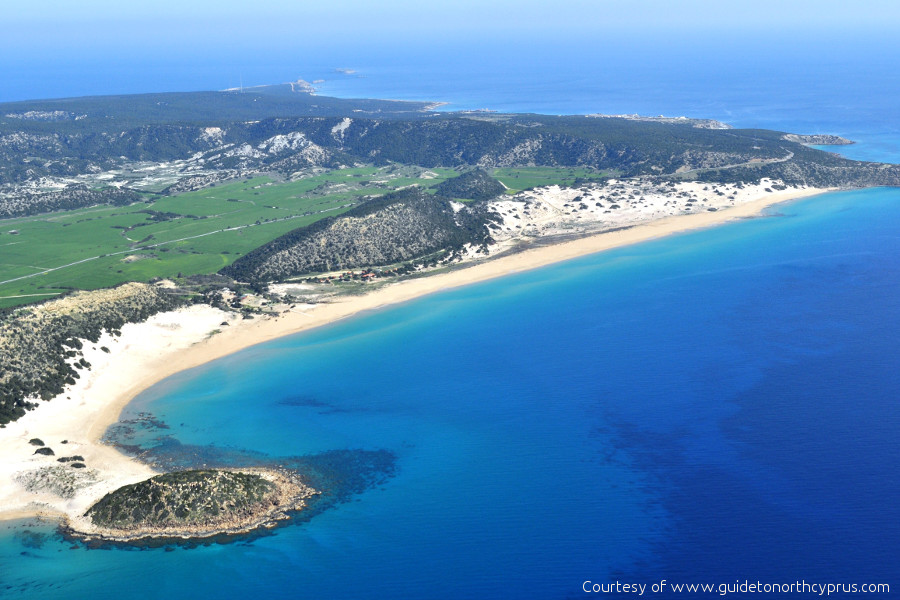
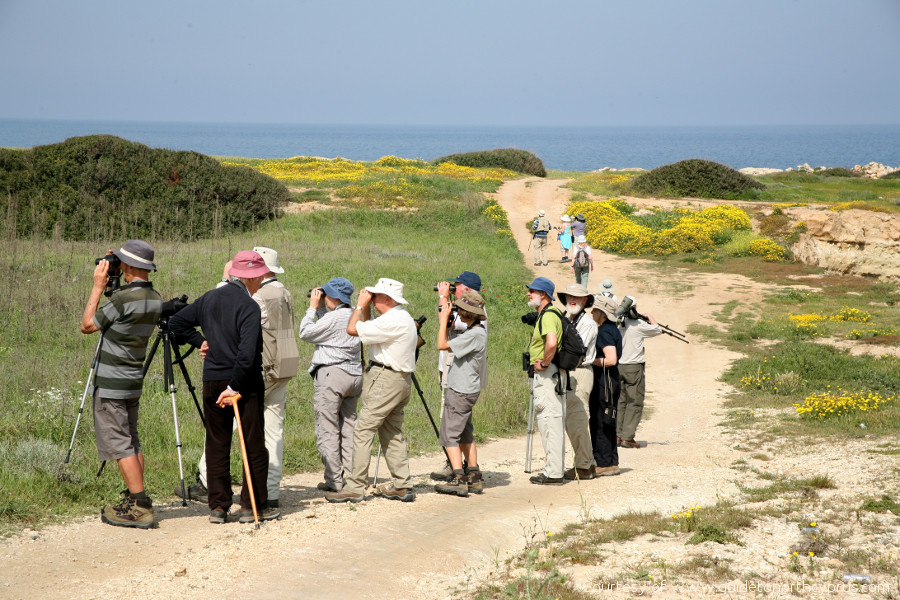
But this is the thing, when the whole of the South Cypriot (Greek) coast, (except for) a few kilometres perhaps is “fully developed” – the Northern (Turkish) part of Cyprus east of Girne/Kyrenia all the way some 150 kilometres to the cape Apostolos and back south some 100 kilometres to the Gulf of Famagusta is “under-developed” as they say. “Left behind” in jargon, apart from a little project here and there “nothing but nature” I say!
Salamis
On our way to FAMAGUSTA/GAZIMAGUSA/Ammochostos we see SALAMIS, Greek/Roman excavations, all drowned in fields of yellow wild flowers. What a feeling, I am so glad we looked at Salamis.
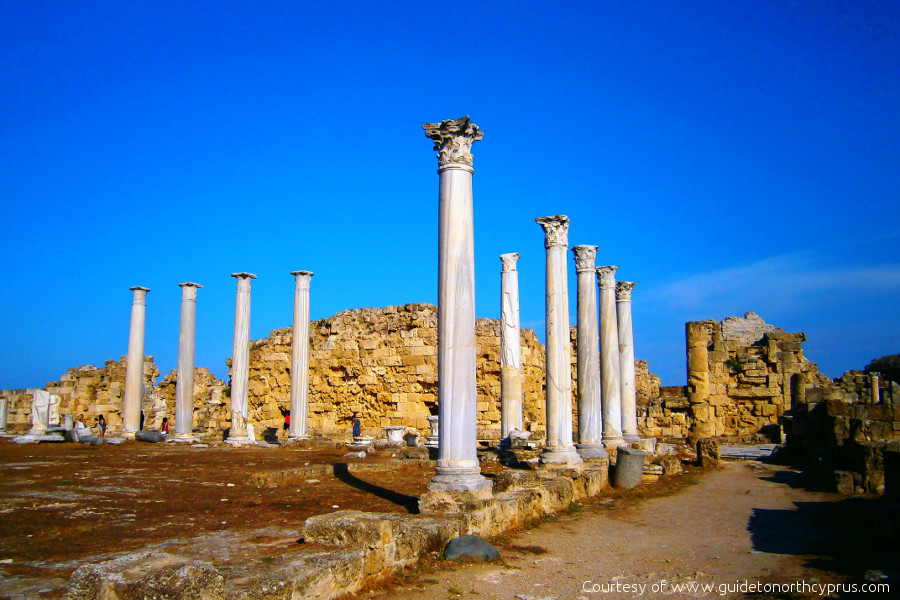
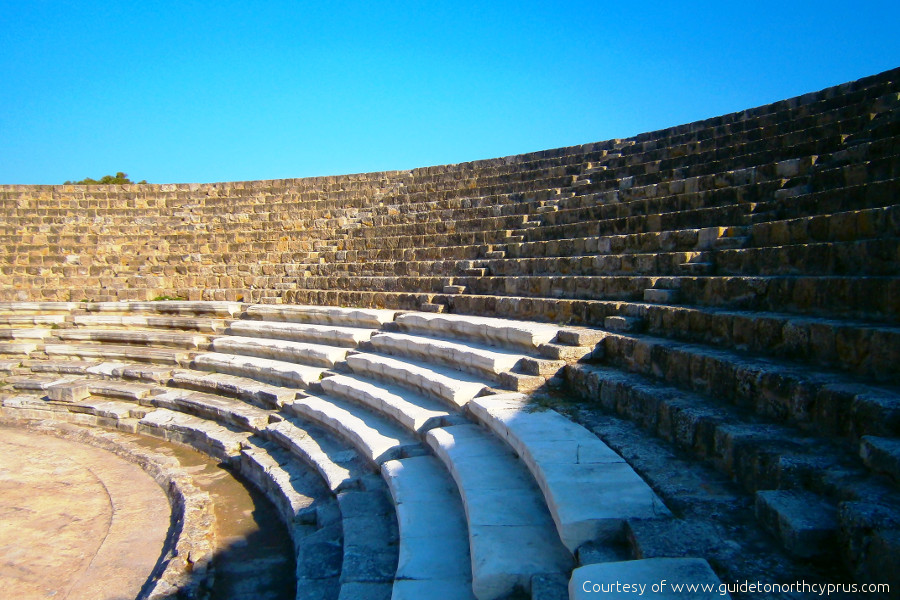

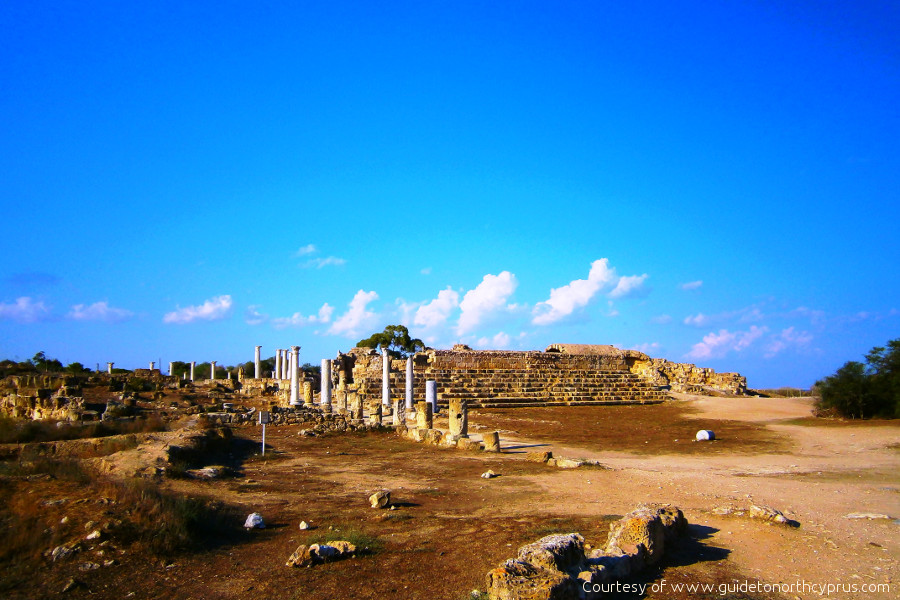
Famagusta
Famagusta’s old town within the Venetian city walls has a set of Latin churches from Francs/Venetian rule (after crusaders 12 c. till 14 c.), remind strongly of Norman/French Gothicism but all is in ruins, destroyed with the arrival of the Ottomans, some churches were though converted to mosques.
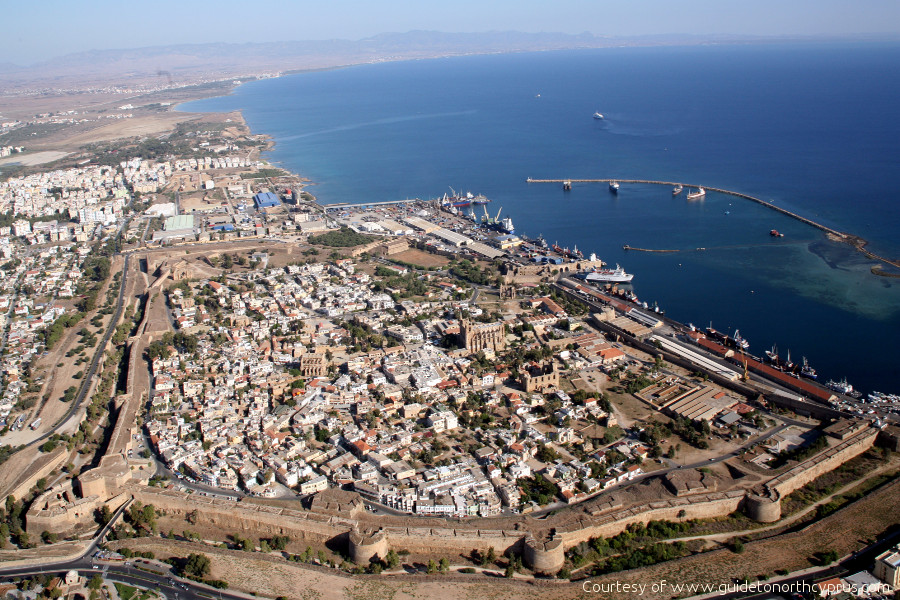

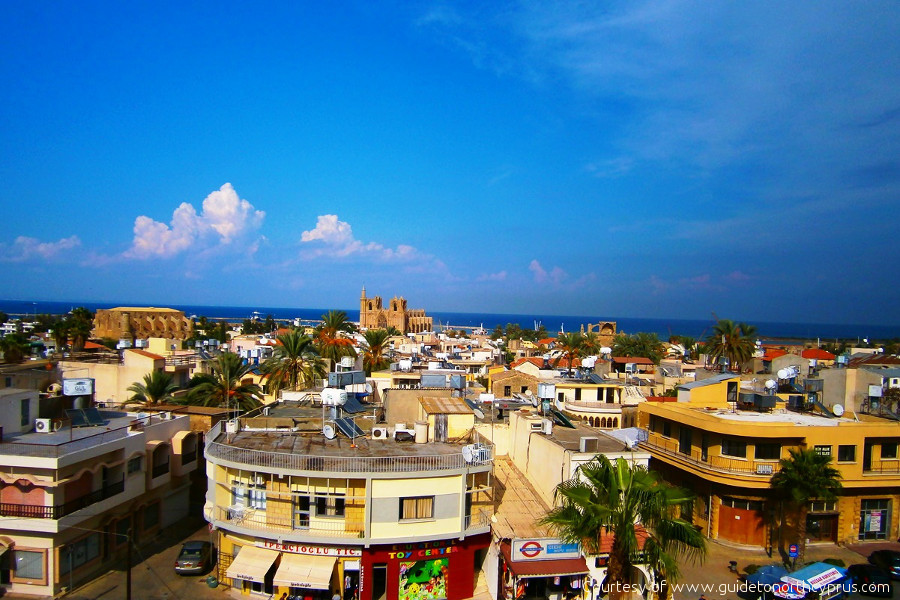

Lefkosa – Nicosia
Provincial Lefkosia/Nicosia is left then for us; we spend a day here. For “the last divided city in Europe things have been improving recently. There is a foot passage in the centre of town now; crossing takes less than 5 minutes.
The old town half/half has an interestingly shaped rampart from the Venetian times. The Greek part is more crowded (many tourists stop short of going to the Turkish side), still provincial buildings are higher and whiter on the Greek side; many outdoor eateries invite to rid oneself of money! On the other side, the Archaeological Museum has an interesting collection of statues of all periods, foremost the distinctive Cypriot sculptures (4c B.C). Also, the city museum provides an informative overview of the medieval history and its strong European influences.

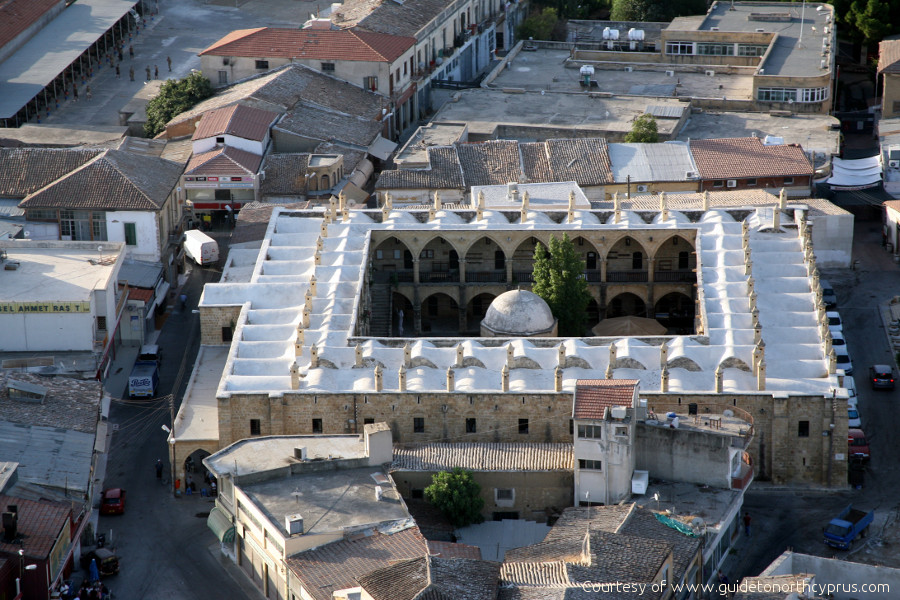
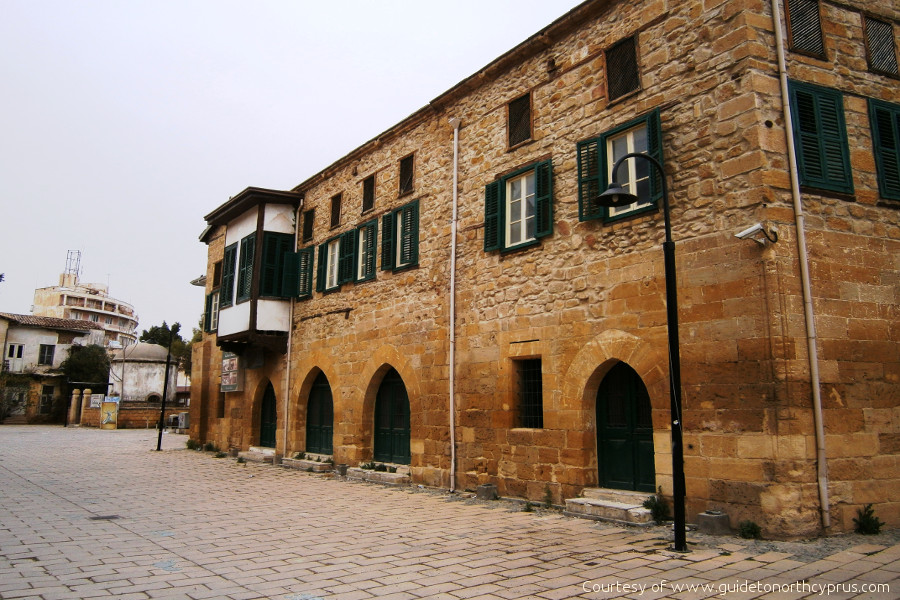
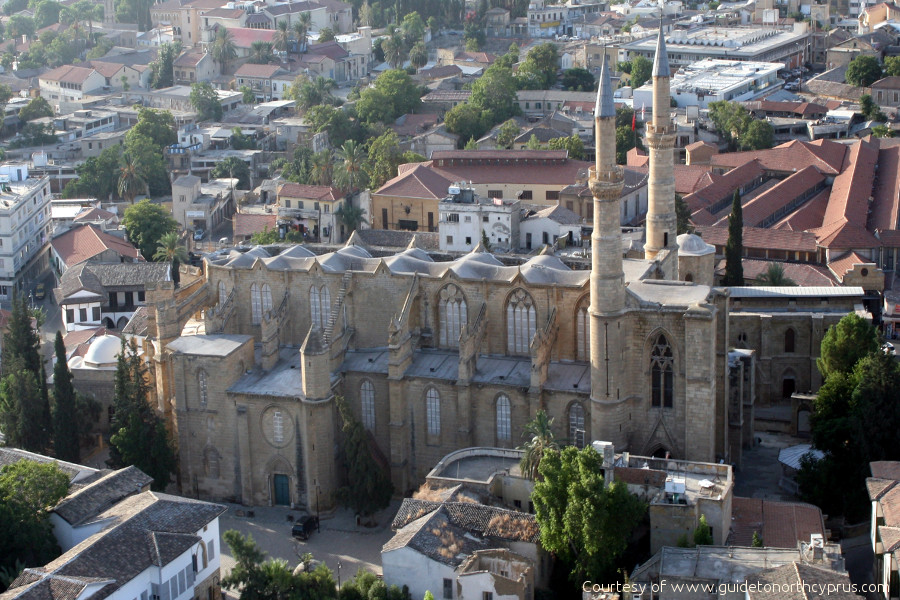
Back on the Turkish side late, now all is really provincial, “clearly left behind” as they say. It has better street food though but is so extremely quiet at night. The St. Sophia Cathedral was long being turned into a mosque, is more bazaar then shops around there, all simply more Turkish! Further out of the old town is a lively lounge bar and restaurant scene.
The Turks will give in to unification provided there is a deal. So what should the deal be? Shouldn’t the deal be: make the whole of the eastern finger a Nature reserve with no new developments? This is one of the last coastal stretches in Europe (a third of the coastline of the island of Cyprus) that has not seen yet what has happened almost everywhere else in the roaring decades of property development at the end of the millennium.
About the Author
Manfred Schweda is a well-known travel photographer, nature lover and writer. In the summer of 2010 he came to the island of Cyprus by boat to Limassol as part of a 9 year world tour of “Stories from the Road – and Life Around the World” – a journey of 325,985 Kilometres through hundreds of countries on 6 continents (Africa, Asia, Middle East, Europe, South America, North America). We have been given permission by Manfred to extract from his great article about the North of Cyprus, written in 2010. You can read the whole article and see his own photographs HERE and visit his site – www.thisfabtrek.com .
Please NOTE, photographs in this article are provided by NCI but do enjoy his own photographs on the link.


